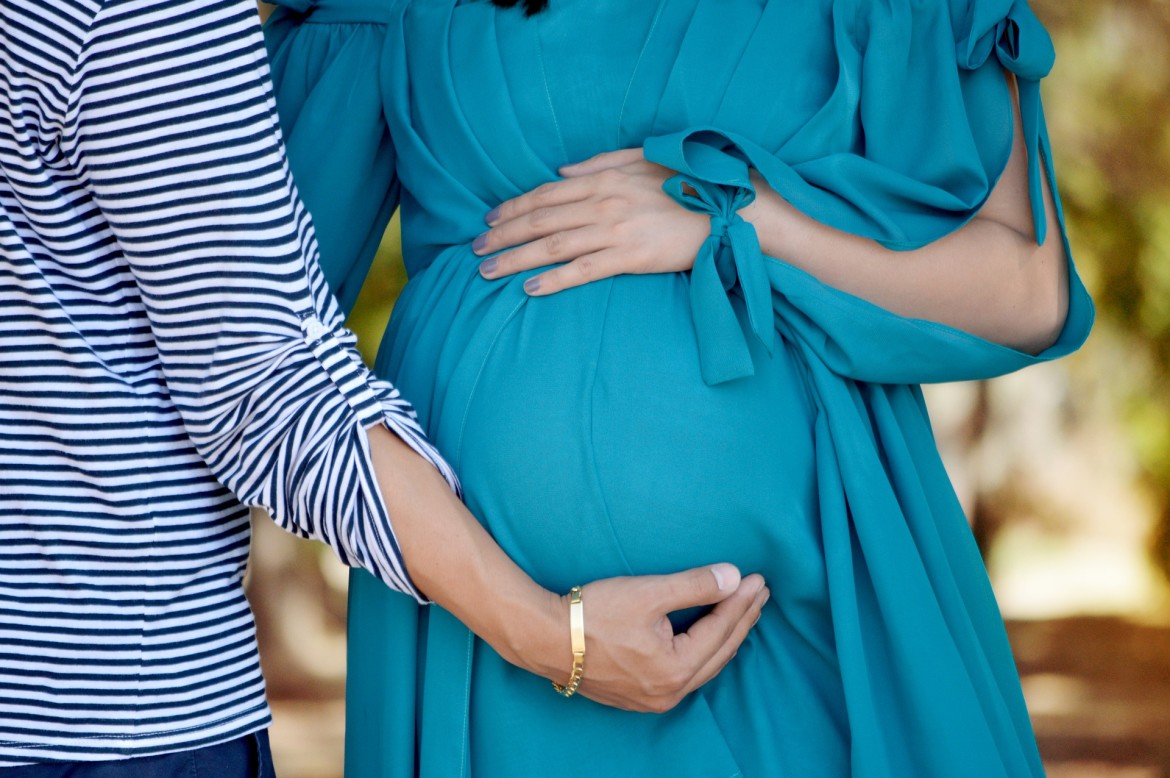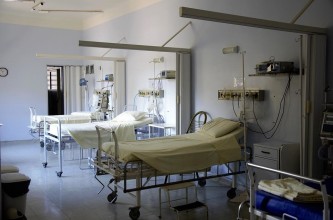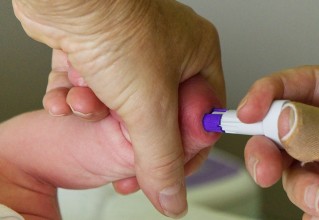Maternity Models of Care
20 Oct, 2019There are two models of maternity care in the United States and most other countries - the midwifery model of care and the techno-medical model of care. It’s important to understand the differences and think about what feels right for you as you choose the place of your labour, the people you want around you, and which model you want to support you.
The sociologist Barbara Rothman pointed out the differences between the two models. She says in the technocratic model, the metaphor for the human body is a machine:
“The application of a technological model to the human body can be traced back to Rene Descartes's concept of mind-body dualism....The Cartesian model of the body-as-machine operates to make the physician a technician, or mechanic. The body breaks down and needs repair; it can be repaired in the hospital as a car is in the shop; once fixed, a person can be returned to the community. The earliest models in medicine were largely mechanical; later models worked more with chemistry, and newer, more sophisticated medical writing describes computer-like programming, but the basic point remains the same. Problems in the body are technical problems requiring technical solutions, whether it is a mechanical repair, a chemical rebalancing, or a "debugging" of the system.” [Rothman, 1982:34]
Midwifery Model of care
The midwifery model is female centered, the mother is the central person and the model acknowledges the link between the mental and emotional state and physical processes of birth. The mother and baby are also seen as a single unit. The model also focuses on good nutrition during pregnancy to prevent some of the common problems and emphasises support and friendship during labour to minimise interventions in the birth process. It also does not impose arbitrary time limits in the physiological process of birth.
In Ina May’s Guide to Childbirth she states that research shows that ‘when the midwifery model of care is applied, between 85 - 95% of healthy women will safely give birth without surgery or instruments such as forceps and vacuum extractors.’
There is no expectation of a time limit in labour as it can start and stop, and can be influenced by so many factors. The mother is encouraged to eat, drink, move around and be intimate and loving with her partner, or do anything else that will stimulate her labour. The model recognises that in some situations medical intervention is needed, particularly if there is a transverse positioned baby, or mother or baby have any medical issues such as diabetes, high blood pressure, pre-eclampsia, etc. However, it also states that medical intervention should only be used when necessary, not because of arbitrary time limits, convenience, or policy, as the interventions can also be harmful. For example, episiotomies are sometimes necessary when the baby is stuck at the shoulders or in a difficult position. But it should not be performed routinely, because in most cases, moving into different positions, squatting and getting on all fours helps to deliver a baby with no need for an episiotomy.
Technomedical model of care
The techno-medical model of care came about two centuries ago and is relatively new. It is a male derived framework as childbirth was moved from midwives to hospitals. Male doctors developed tools such as forceps and claimed that midwives were unsanitary and unskilled, moving labour from the home to the hospital. While medical interventions, sterilisation and sanitary conditions have helped save many lives, moving from a midwifery model of support and companionship to a model of care that treats the female body as a machine has its own risks. In addition, it took doctors years to acknowledge some faults in their own ways of working. For example, childbed fevers were common as doctors went from morgue to the labour-bed without washing their hands.
According to the medical model, pregnancy and labour are seen as illnesses which must be treated so they are not harmful to mother. Ina May suggests that with a techno-medical model, practitioners believe that some medical intervention is necessary for every birth and mother and baby must be treated with drugs and medical equipment. Mind and body are considered separate, so the concept of nesting and creating an emotionally secure and safe environment to birth is not considered. Generally, women who give birth vaginally are expected to labour in bed, on their back, with fetal monitors continuously checking the baby’s heart rate, and possibly IV tubes if induced. Eating and drinking is not permitted because of historical conventions and anesthetics encouraged to prevent pain. Episiotomies are routinely used in this model to increase the vaginal opening because of the historical belief that it prevents tearing.
One of the biggest differences between the midwifery model and the techno-medical model is their attitudes towards nutrition during pregnancy. While the midwifery model suggests that most complications can be prevented through good nutrition, the techno-medical model suggests that a baby will extract what it needs from the mothers diet. Other differences are in the way the two models have responded to complications such as toxemia. Its commonly known that most doctors and obstetricians receive no training in nutrition in medical school beyond the food pyramid.
The Continuum
There are a whole range of practices between the two models. Some hospitals now have adjoining birthing suites that operate under a midwifery model, while there are midwives out there who work in hospitals or environment that is very much like a techno-medical model. It’s important to speak to your provider and ask them about their practice, how they respond to different situations and their policies on birth to understand how they truly operate.
Regardless of which model of care you choose, there are specific tests that must be performed at each prenatal visit such as urine and blood pressure checks, height of uterus and ankles. Within the medical model, other forms of routine have become routine such as diagnostic screening, but these are not mandatory and up to the parents to decide if they would like to do it.
Research on Medical Model Outcomes
As a woman, I would want to know, which model will give me the best outcome. By this I mean a healthy mother and baby, having a beautiful, safe, empowering experience of birth.
https://www.who.int/workforcealliance/media/news/2013/midwifecochrane/en/
This article looks at data from 13 studies of 16,242 women. They found that when midwives were the main providers of care during pregnancy, the women were less likely to give birth prematurely, lose their babies before 24 weeks. They also reported being happier with the care, had fewer epidurals, fewer assisted births and episiotomies. They were also equally likely to have caesarean births compared to the medical model of care, but the labour was on average half an hour longer. One of the authors, Professor Hora Soltani from Sheffield Hallam University, said: "The perception is that in order to get the highest quality of care, they [women] must be cared for by a senior clinician and that is simply not the case. Midwives provide a sense of normality and by having a midwife they know during pregnancy it allows the mother to feel comfortable and at ease during labour which in turn is much better for the baby.”
Similarly this cochrane review of 15 studies involving 17,674 mothers and babies (search date 25 January 2016) also had similar results. Under the midwife led continuity models of care, the women were less likely to have an epidural, fewer women had episiotomies or instrumental births. Their chances of spontaneous vaginal birth were increased and there was no difference in number of c-sections. Women were less likely to experience pre-term birth or lose their babies. They were also more likely to be cared for by the same group of midwives they already knew. The review identified no adverse effects compared with other models.
https://www.thelancet.com/journals/eclinm/article/PIIS2589-5370(19)30060-4/fulltext
This study performed in Palestine found a significant difference in outcomes between the Midwife led model and the Techo-Medical model. Less women in the Midwife led model had unplanned c sections (12.8% vs 15.9%) and anemia (19.8% vs 28.65). There were also less preterm births, admission to nicu and low newborn birth weight.
Cover Image by Diana Forsberg from Pixabay
Get The Best Of Sleepy Roo Delivered To Your Inbox
Subscribe to my newsletter and get the latest info on baby sleep! You can unsubscribe at any time.



